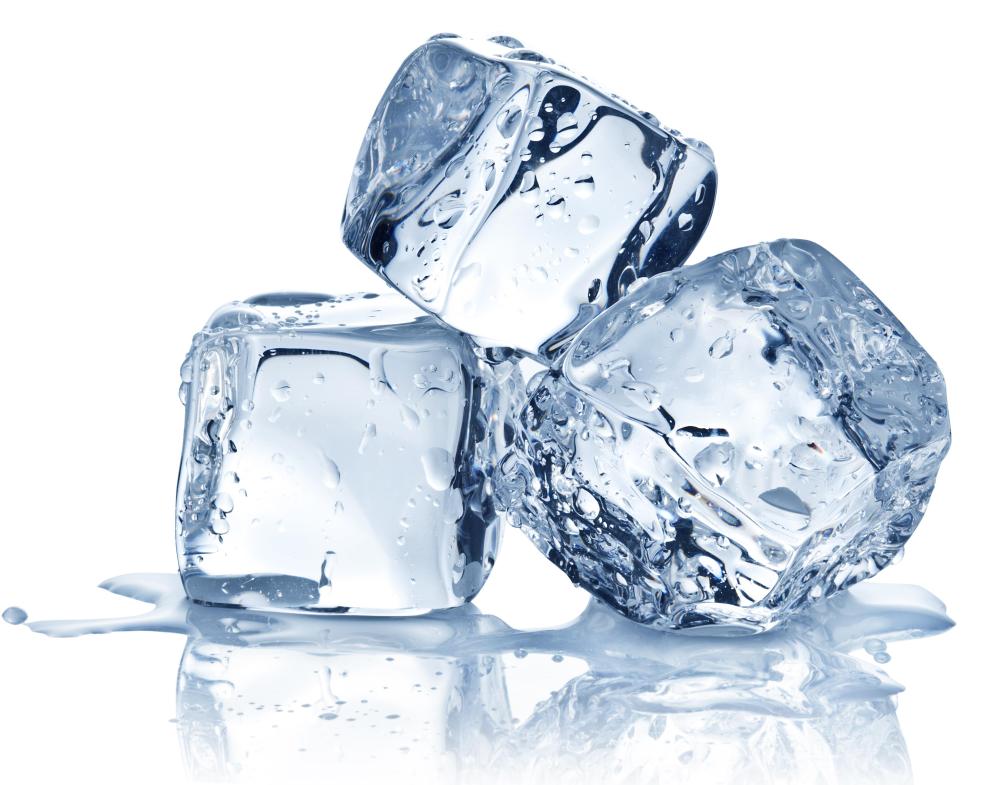At HomeQuestionsAnswered, we're committed to delivering accurate, trustworthy information. Our expert-authored content is rigorously fact-checked and sourced from credible authorities. Discover how we uphold the highest standards in providing you with reliable knowledge.
What is the Best Way to Clean a Coffee Maker?
Many coffee experts say the best coffee starts with the cleanest equipment. Using a dirty coffee maker can make even the most expensive coffees taste bitter or stale, so it is important to clean a drip coffee maker regularly in order to produce a drinkable beverage. Cleaning a drip coffee maker is not a difficult process, although some may find it a little time-consuming. The most important ingredients to have on hand when cleaning a drip coffee maker are a supply of clean water and white vinegar.
A traditional drip coffee maker does not contain a lot of moving parts which must be disassembled for thorough cleaning. However, there are some areas which tend to collect oily residue from brewed coffee beans, and other areas which can develop a build-up of scale from untreated hard water. Neglect can also lead to the development of mildew and mold if coffee filters and their used contents are not removed promptly. Cleaning a coffee maker properly means addressing everything from the glass carafe to the water delivery system.

To clean the glass carafe which holds the finished coffee, a person could swirl a small amount of soapy water with a soft plastic brush around the interior and then rinse it with clean water several times until the soap residue is completely gone. This method may give the coffee an unpleasant taste, however, so many people try to avoid the use of chemicals when cleaning the carafe.

An alternative cleaning method used by many restaurants involves the use of ice cubes, coarse salt, and lemon juice. This mixture can be added to a dirty coffee carafe and swirled for several minutes to remove any burned coffee residue or oily build-up. After several minutes, the ice mixture can be tossed into a sink and the carafe rinsed out several times with clean water.

Cleaning the actual coffee maker requires a different approach. The part of the machine which holds the coffee filter should be removed and checked for any contamination. Any old filters or grounds should be thrown away immediately. The user should replace the filter holder, but not use a filter during the cleaning process. A clean coffee carafe should be in place to receive the cleaning solution as it moves through the coffee maker.

The user should add a mixture of white vinegar and water to the coffee maker's water receptacle. Sources disagree on the proper water-to-vinegar ratio, but in general, two parts water to one part white vinegar should be sufficient for routine cleaning. Especially dirty coffee makers may benefit from equal parts vinegar and water, however. The white vinegar can be placed directly in the receptacle, then diluted with the water until the machine is full.

The next step is to run a normal coffee cycle with the vinegar and water mixture. The solution should drip steadily into the carafe, and it will most likely appear dark or cloudy as the oily residues and dirt are removed. When this cycle is finished, the user can throw away the contents of the carafe and begin a second cycle with a fresh supply of white vinegar and water. If the finished water in the carafe still looks cloudy or dark, a third cycle may be helpful, but often two cleaning cycles should be enough.
After the last cleaning cycle has been completed, the user should start several cycles of clean rinse water to remove all traces of the vinegar. The result should be a very clean coffee maker, which should be allowed to dry thoroughly before starting the next pot of coffee. Some coffee drinkers may notice a distinct improvement in the overall quality of the brew right away, but sometimes the changes are more subtle. Other factors such as water temperature, coffee bean grind size, and filter quality can also affect the taste of brewed coffee, but keeping a coffee maker properly cleaned can help tremendously.
AS FEATURED ON:
AS FEATURED ON:















Discussion Comments
Great post! Cleanliness is an important part of our lives.
Post your comments